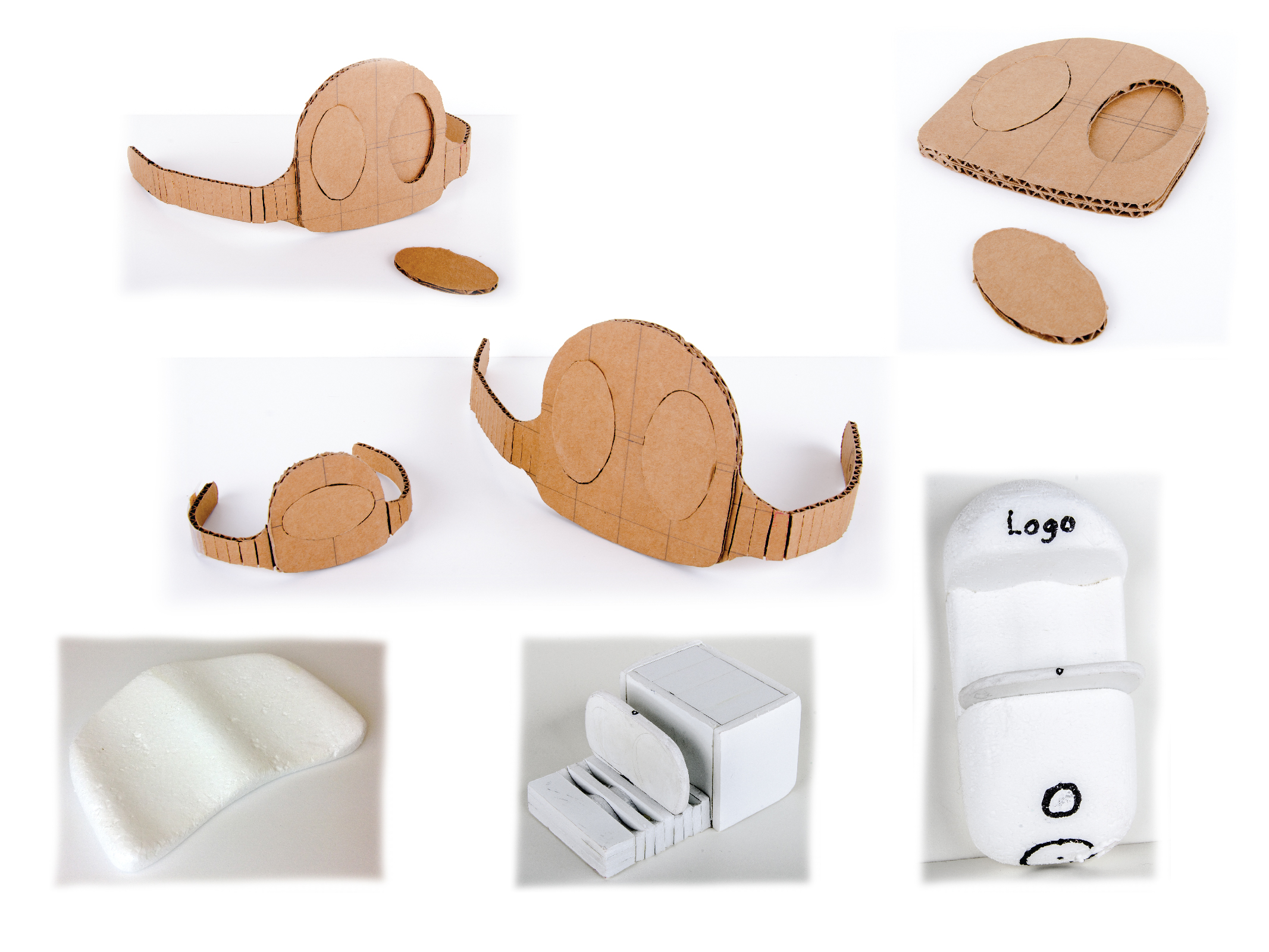(GRADUATE SCHOOL PROJECT)
Challenge: Currently, no devices are available for infant percussion therapy
Several medical conditions cause a person’s lungs to be filled with phlegm including illnesses like pneumonia, and genetic conditions such as cystic fibrosis. Accumulation of phlegm limits person’s ability to breath and can lead to death. Phlegm is especially dangerous for newborns and young children.
Percussion therapy is a critical component of treating these illnesses. During percussion therapy, a patient wears a vibrating vest for a prescribed amount of time which literally shakes the lungs to break up the phlegm. The vest is connected via a tube to a pump, which pulses air in and out of it creating the vibration.
The major limitation of percussion therapy is that the vests cannot be made small enough for infants.
SOLUTION:
I have developed a re-usable and re-chargeable solution to accommodate infants that will benefit from this non-medicinal form of respiratory therapy. The percussion therapy device is easily disinfected in compliance with standard medical practice.


The vest with the modules can be attached to the patient with a common medical grade Velcro strap, wrapped around with gauze, or placed between layers of clothing. There are lights on each of the modules to visually indicate if they are on or off and their recharge status. Additionally, there are future design opportunities to create different sized vests that can hold one, three, or four vibration modules.
Inspiration:
Inspiration: This design problem came to me while browsing a funny section on a popular website. I came across a post by a medical profession, which showed adult vibrators (intended for sexual pleasure) being used at a children’s hospital to break up phlegm in the lungs of sick babies. I have corresponded with this person to learned the following about the current methods used to break up the phlegm:
• The vibrators are stocked as a medical supply which meant that had to pass a hospital internal review board.
• The vibrators are usually wrapped to the back of a baby which ranges in age from 0-1 years old; up to four at a time, depending on the size of the baby.
• They are used on babies with breathing tubes and ventilators, babies with tracheostomies, or any sick child who is unable to mobilize secretion because
they are too tired or weak.
• They do not have to be prescribed by a doctor because they are non-medicinal treatment.
Sketches | Study Models





